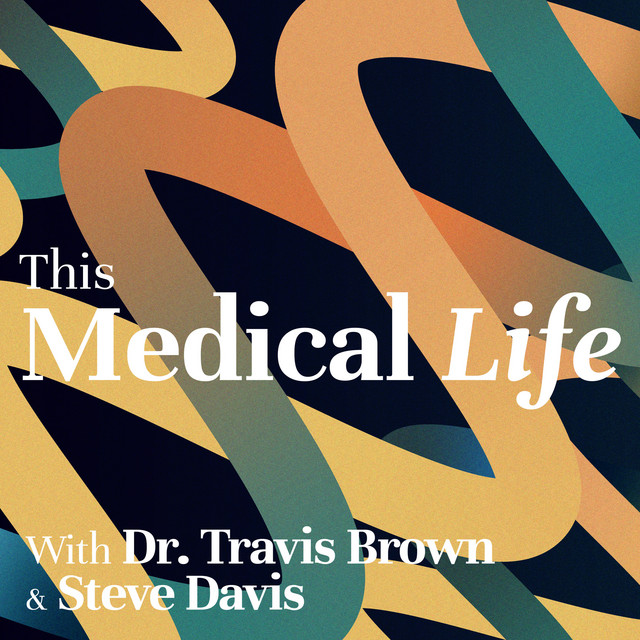CTE and Its Life-Altering Impact
One of the most remarkable moments in This Medical Life‘s Season 5 came in Episode 67, where hosts Steve Davis and Dr Travis Brown revisited a crucial topic: Chronic Traumatic Encephalopathy (CTE). The episode focused on CTE’s devastating effects, not just on athletes but on anyone who experiences repeated head trauma. CTE, a neurodegenerative disease caused by repeated head injuries, often leads to symptoms like memory loss, confusion, and mood swings. During the episode, Steve and Travis shared an emotional story about how a Paralympian reached out after listening to their previous episode on CTE.
Listen Below
“She told us that the episode really hit home for her,” Steve recalled. “It was eye-opening to learn more about the long-term risks she faced because of her own injuries.” Moved by the episode’s content, the Paralympian made a decision that could change the course of medical research—she pledged to donate her brain to science.
MORE: Legionnaires’ Disease: The Silent Threat Lurking in Your City

Raising Awareness Through Podcasting
This episode fully demonstrated the power of podcasting as a tool for raising awareness. What started as an educational discussion about CTE led to a real-world impact. “This just goes to show how important it is to talk about these medical conditions in an accessible way,” Dr. Travis said. “Our goal with This Medical Life is to reach people—not just other doctors but patients, families, and athletes—who might be affected by these conditions.”
The Paralympian’s decision underscores the broader impact that podcasts can have, not just in educating but in motivating action. “It’s amazing that this conversation could lead to something as significant as brain donation,” Steve noted. This action holds particular meaning in the context of CTE, where understanding remains limited, and researchers urgently need more studies to develop effective treatments.

The Importance of Brain Donation
By choosing to donate her brain, this Paralympian will play a pivotal role in advancing the scientific understanding of CTE and other traumatic brain injuries. Brain donation provides researchers with the essential tissue needed to study how CTE develops and progresses over time. “This is how breakthroughs happen,” Travis explained. “Every donation brings us one step closer to better diagnosis and, hopefully, treatment.”
The Paralympian’s story is a powerful reminder of how awareness can spark action. It also highlights the role we all can play in advancing medical science—athletes, patients, and listeners alike. To hear the full story and learn more about brain donation’s importance in CTE research, check out Episode 67 of This Medical Life.
Topic time in podcast and video: 05:08 – 07:55
Listen via Youtube Music
More on CTE
Chronic traumatic encephalopathy is a brain disorder likely caused by repeated head trauma. It leads to the death of nerve cells, known as degeneration. The condition worsens over time. The only way to definitively diagnose it is through a brain autopsy after death.
Chronic traumatic encephalopathy is still not fully understood. It isn’t caused by a single head injury but develops from multiple injuries over time. This condition commonly occurs in contact sports and military combat. It often connects to second impact syndrome, where a second head injury happens before the first one’s symptoms have fully healed.
Researchers are working to understand how repeated head injuries and other factors contribute to the brain changes that result in this condition. They are also exploring how the frequency and severity of these injuries might affect the risk.
Chronic traumatic encephalopathy is found in individuals who played contact sports like American football and boxing. Military personnel exposed to explosive blasts have also been affected. Symptoms include cognitive difficulties, emotional issues, physical impairments, and behavioural changes. These symptoms often develop years after the initial head trauma occurs.
Although it cannot be definitively diagnosed during life, especially in people with high-risk exposure, researchers are working on diagnostic biomarkers. For now, health care providers may diagnose traumatic encephalopathy syndrome when symptoms appear.
While experts don’t know exactly how common this condition is, they believe it is rare. There is no known cure for chronic traumatic encephalopathy.





































